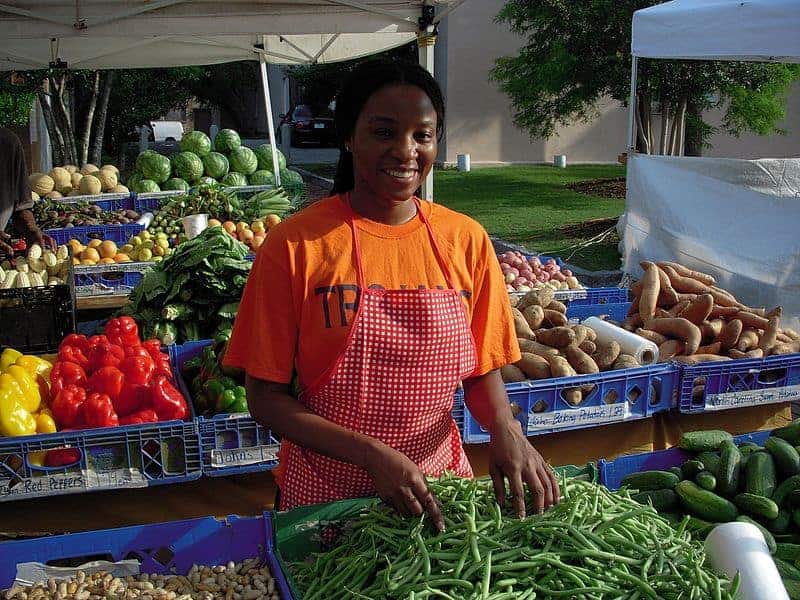Stop for a moment just to think about all that goes on every day in your area, your county, your state. “Impossible,” you say?
What’s at the heart of all activity, is people. Activities (plural in this case), meanwhile, run the gamut: everything from folks working, shopping and traveling to attending classes, making medical appointments and convening meetings. It’s a 24/7/365 or, in other words, a non-stop world. A lot of hustle and bustle; the kind that’s tough to quantify. For a goodly proportion of us, busy is what we are.
In all we do, of that activity, a percentage involves buying. No surprises here. It is not only what we buy, how we buy matters too.
A good many of us shop online. For others, shopping is along more traditional lines, that is, we go to the market rather than have the market come to us. Obviously, travel is involved in getting product to home base either way.
It is through the travel part of consumption that pollution can be introduced into air.
Trains magazine had an interesting article having to do with, sorry, “tracking” the delivery of one automobile from assembly-room floor to dealer lot, of which a portion of the journey was via rail-based transport. As it relates, it is possible today, to calculate the carbon footprint of that one automobile move thanks to tools that have made such calculations not just practical, but a reality.
Think that’s something, well, available and accessible online is a service that provides suggestions on ways we can lower our carbon footprints, hence the Web-based service’s “Shrink That Footprint” nomenclature.
Close to home
Along these lines, buying locally can make a tremendous difference carbon-footprint size-wise where consumption’s concerned.
In California’s San Joaquin Valley, meanwhile, agriculture is big business. We’re talking really big, well over $50 billion in annual sales and selling directly to the consumer in the area is not uncommon. People have the choice of buying farm direct or locals can let the farm come to them – think “farmers’ markets.”
In fact, some growers have taken it upon themselves to provide home and restaurant delivery services whereby a delivery driver will bring locally grown crops – fruits and vegetables – right to the consumer and restaurateur directly. For this type of service, attached might be an extra fee. But, for many, paying the additional cost is worth it.
As it pertains to the pandemic, in an effort to help limit COVID-19’s spread, whereas they may not have before, many businesses are themselves now making deliveries door-to-door. These include big-box retailers, the smaller “mom-and-pop” shops, pharmacies, restaurants and even grocery stores.
Those companies that already have their own non-polluting (zero-emissions) and low-polluting (partial zero-emissions) delivery-van fleets are ahead of the game. Falling in close behind are those concerns getting into AI-based package delivery (think robots), while, on the horizon if not here already are the right-to-your-door drone deliveries.
All these capabilities, measures and services all go the extra mile when it comes to helping local air.
Image above: United States Department of Agriculture
Published by Alan Kandel


